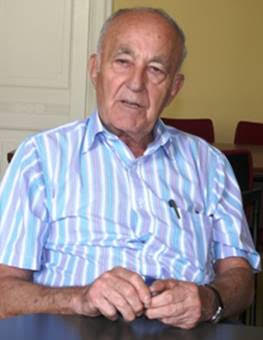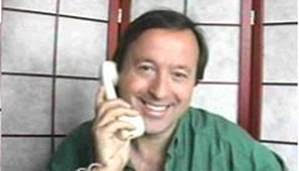
THE VOICE OF INTERNATIONAL LITHUANIA
|
VilNews has its own Google archive! Type a word in the above search box to find any article.
You can also follow us on Facebook. We have two different pages. Click to open and join.
|
Front page
- Posted by - (0) Comment
POLAND – LITHUANIA:
The never ending neighbour dispute
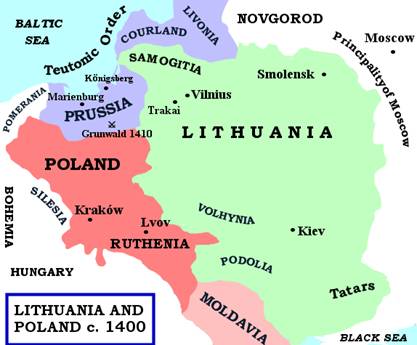
A few years ago my wife and I fell into conversation with two Poles in Oslo. When they heard that my wife was from Lithuania, they were quick to assert that the Vilnius area is actually Polish and never should have been given to Lithuania after World War II. My wife immediately responded that the area Punsk in eastern Poland in reality is Lithuanian and should be re-incorporated into the mother-country. The dispute was in full swing.
I have subsequently many times seen texts reminiscent of history forgery when Polish and international historians describe the Polish-Lithuanian relations in the later Middle Ages. The relationship is often described as if Poland was the leading nation and Lithuania a province in the east, while the reality was as the map above shows, with Lithuania as Europe’s biggest nation for centuries.
But Lithuania is not much better in its attitudes versus Poland and the Poles. In a comment article this week, Gary Peach has some interesting reflections on this topic in the European Voice. This is an excerpt of what he writes:
“Foreign minister for only two years, Audronius Ažubalis cannot be blamed for all of Lithuania's external mishaps and misfortunes. With neighbours like Belarus's Alyaksandr Lukashenka and Russia's Vladimir Putin, diplomatic successes are hard to come by. But as regards Poland and Latvia, Ažubalis shoulders some responsibility for the sorry state of affairs.
In fact, the minister alone set the tone for relations with Poland this year when, in an interview released on 2 January, he lashed out at Warsaw, saying that issues involving Lithuania's minorities, which include approximately 200,000 ethnic Poles, are a domestic matter and that Vilnius should not be lectured. “We don't need a big brother,” said Ažubalis, who in not-so-subtle terms went on to compare Polish pressure on Lithuania to bullying by Russia and the Soviet Union.
This was exceptionally harsh rhetoric, and will probably lead to a new nadir in bilateral ties.
- Bookmark :
- Digg
- del.icio.us
- Stumbleupon
- Redit it
- Posted by - (0) Comment




EUROPE – MY HOME & MY CASTLE (6 of 10)
Scandinavia & Finland
|
VilNews is on its way around Europe!
Tour guide: Aage Myhre To read today’s travel report, click HERE To read the previous articles, go to our SECTION 11 |
- Bookmark :
- Digg
- del.icio.us
- Stumbleupon
- Redit it
- Posted by - (0) Comment


EUROPE – MY HOME & MY CASTLE (5 of 10)
Authentic Austria – generous Germany
|
VilNews is on its way around Europe!
Tour guide: Aage Myhre To read today’s travel report, click HERE To read the previous articles, go to our SECTION 11 |
- Bookmark :
- Digg
- del.icio.us
- Stumbleupon
- Redit it
- Posted by - (0) Comment






EUROPE – MY HOME & MY CASTLE (4 of 10)
Strasbourg –
Benelux – England
|
VilNews is on its way around Europe!
Tour guide: Aage Myhre To read today’s travel report, click HERE To read the previous articles, go to our SECTION 11 |
- Bookmark :
- Digg
- del.icio.us
- Stumbleupon
- Redit it
13 January 1991 through an artist’s eyes
- Posted by - (0) Comment
 The photo documenting the truth. |
Artist Ruta Brazis-Velasco: |

- Bookmark :
- Digg
- del.icio.us
- Stumbleupon
- Redit it
- Posted by - (0) Comment
11 – 13 January 1991
days the world should never forget
The 1991 January events took place in Lithuania between January 11 and 13, in the aftermath of the Act of the re-establishment of the State of Lithuania. As a result of Soviet military actions, 14 civilians were killed and more than 1000 injured. The events were centered in Vilnius, along with related actions in the cities of Alytus, Šiauliai, Varėna, and Kaunas.
- Bookmark :
- Digg
- del.icio.us
- Stumbleupon
- Redit it
- Posted by - (0) Comment
![]()


![]()
EUROPE – MY HOME & MY CASTLE (3 of 10)
Along the Riviera
|
We have started our little tour of Europe. Over the next few weeks you are all invited on a journey from north to south, from east to west. Some articles will dwell with history. Some with Lithuanian contact points in various countries. I have travelled across Europe with camera and notepad for nearly 40 years and hope you will enjoy seeing and reading about some of my experiences. We start today's tour in Liguria, Italy, through France’s Cotes d’Azur to the south-east of Spain. Have a nice trip!
Text and photos: Aage Myhre To read today’s travel report, click HERE To read the previous articles, go to our SECTION 11 |
- Bookmark :
- Digg
- del.icio.us
- Stumbleupon
- Redit it
- Posted by - (0) Comment
![]()
EUROPE – MY HOME & MY CASTLE (2 of 10)
Switzerland & Italy
Today we start our little tour of Europe. Over the next few weeks, I invite you on a journey from north to south, from east to west. Some sections will dwell with history. Some with Lithuanian contact points in various countries. I have travelled across here with camera and notepad for nearly 40 years, and hope you will enjoy seeing and reading about some of my experiences. We start today's tour in Switzerland, and then continue to the south of Italy. Enjoy your trip!

Text and photos: Aage Myhre
aage.myhre@VilNews.com

To join the trip, go to our Section 11
- Bookmark :
- Digg
- del.icio.us
- Stumbleupon
- Redit it
- Posted by - (0) Comment
EUROPE
my home & my castle
Text and photos: Aage Myhre
aage.myhre@VilNews.com
The more I travel around the world the more I realize that I am European. Although I have had good, close friends and have experienced extraordinary things in all corners of the world. Maybe my mind is not sufficiently exotic. That's ok. I have grown older now. Europe does not lose lustre. Driving a car is the best way to experience Europe. Lithuania's border crossings to Latvia and Poland is no problem anymore. Within a day's drive you can reach most of the northern and central European countries. One more day and you can already stand and look out over the warm, slow waves of the Mediterranean Sea...
Over the next few weeks VilNews will present some glimpses of Europe ... A Europe that is now so close to everyone... The Iron Curtain is gone, forever!
|
1 |
|
Exploring Europe |
|
2 |
|
Switzerland & Italy |
|
3 |
|
Along the Riviera |
|
4 |
|
From Strasbourg to London |
|
5 |
|
Austria & Germany |
|
6 |
|
Finland & Scandinavia |
|
7 |
|
En route Warsaw - Budapest |
|
8 |
|
Moscow and further east |
|
9 |
|
The Baltic Hanseatic route |
|
10 |
|
Istanbul |
1 of 10: Exploring Europe
I love old towns. No matter how good a new suburb is. I, and many with me, prefer the old towns. It has something to do with the atmosphere. Details, ornaments. Human life. Sound and smell. Warmth. Joy.
Europe is the 'old town' for the entire world!
I think it primarily is about culture and history. All that Europe is so infinitely rich on. It is something about that feeling. The idea and the knowledge of the Roman Empire every time I'm in Rome. Recognition every time I visit a museum or gallery and see the many art treasures I feel is a part of my European self.
It is more to Europe I never get tired of. For example, being able to walk, touch, feel, smell. Being a tourist here is like walking on the world stage as it has provided the basis for so much over thousands of years. Fortunately, European leaders long ago realized that the human being is more important than cars. Take Strøget in Copenhagen, bike paths in Holland and promenades along pretty much all The Mediterranean sea-coast as good examples of this.
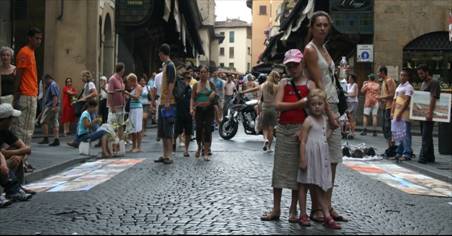
Europe means walking around on cobbled streets. Between historic buildings.
To see. Listen. Experience. Feel. Smell.
- Bookmark :
- Digg
- del.icio.us
- Stumbleupon
- Redit it
Nida tranquility
- Posted by - (0) Comment

Text and photos: Aage Myhre
aage.myhre@VilNews.com
The quiet resort village Nida is based at the Curonian Spit (Neringa) near the Kaliningrad border, less than one hour’s drive from Klaipeda at Lithuania’s seacoast. With beautiful Baltic Sea beaches on the west side, the large Curonian Lagoon on the east side and the largest sand dunes of Northern Europe on the southern side, this is a truly unique place for a relaxed vacation. You should spend one or two weeks in a self catering fisherman's cottage or a few days in a guest house or hotel. Nida is the place to take it easy!
Here is what a visiting family wrote after their visit:
"We have never visited anywhere that had such a relaxing effect on us as the view from the sun clock on the Great Dune in Nida. The silky-smooth lagoon to one side of the golden spit and the sparkling waves of the Baltic Sea to the other side was breath-takingly beautiful. We did lots of walking, running and cycling including a walk along the Baltic Sea beach from west of Preila back to Nida”.
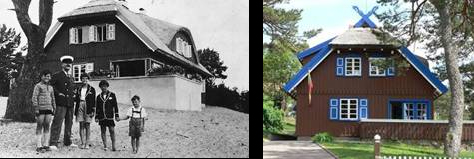
The Nida home of the German writer Thomas Mann,
today the Thomas Mann Museum.
- Bookmark :
- Digg
- del.icio.us
- Stumbleupon
- Redit it
- Posted by - (1) Comment
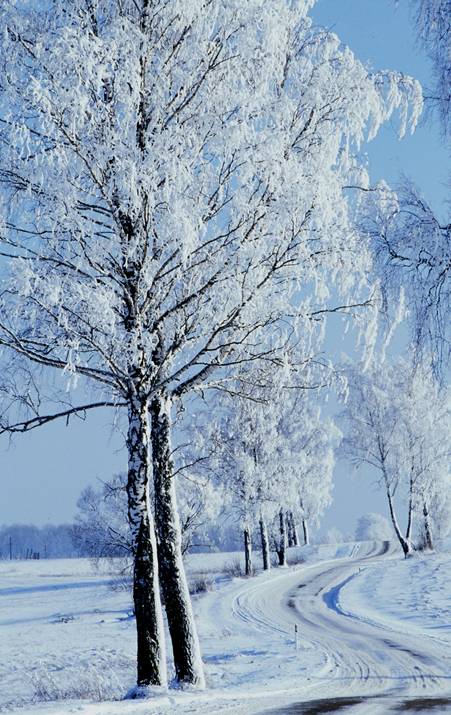
Winter motive from Aukštaitijos National Park.
May 2012 become
just as peaceful as a
Lithuanian landscape…
- Bookmark :
- Digg
- del.icio.us
- Stumbleupon
- Redit it
- Posted by - (0) Comment
- Bookmark :
- Digg
- del.icio.us
- Stumbleupon
- Redit it
New Year’s Eve in Lithuania!
- Posted by - (0) Comment

The New Year Eve party in the Skybar of Hotel Radisson Blu Lietuva in
Vilnius has become a classic tradition…
Info at: http://www.lithuaniantours.com
Text: Saulene Valskyte
In Lithuania Christmas Eve is a family event and the New Year’s Eve a great party with friends!
Lithuanian say "Kaip sutiksi naujus metus, taip juos ir praleisi" (the way you'll meet the new year is the way you will spend it). So everyone is trying to spend New Year’s Eve with friend and have as much fun as possible.
- Bookmark :
- Digg
- del.icio.us
- Stumbleupon
- Redit it
- Posted by - (0) Comment

LITHUANIAN SSR
COAT OF ARMS
Returning ‘home’ to Lithuania from Siberia
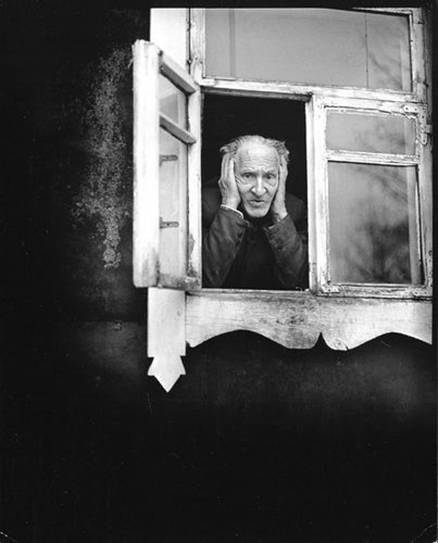
The Last Summer. Zarasai 1968.
PHOTO: ANTANAS SUTKUS.
It must have been quite a shock for the surviving deportees to return ‘home’ from Siberia to Lithuania in the 1950s and 1960s. The country they had loved and cared so much about was now ruled, mismanaged, by Moscow-believing Communists.
Since 1941 more than 300.000 persons had been deported to Siberia, with tens of thousands dying en route to or on the permafrost. Tens of thousands of the country's leading women and men had fled to America and other nations in the west.
The 1950s was the decade when Lithuania's 10-year guerrilla war against the superior Soviet forces had finally come to an end, with the result that 22.000 Lithuanian forest brothers and about 70.000 Soviet soldiers had lost their lives, thus the longest and bloodiest guerrilla war of modern Europe.
Lithuanian daily life during the 1950s and 1960s was characterized by terrifying KGB activities, denunciations, imprisonments and executions without trial, widespread corruption and mismanagement in which most of the good, democratic principles many fine people had fought so hard for during the interwar period were totally forgotten and disregarded.
People felt despair, discouragement, fear ... But also a vain hope - that Western countries would come to liberate their dear homeland from the Soviet tyranny...
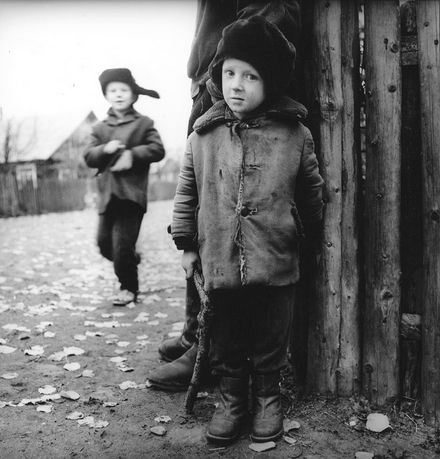
Village street, Dzūkija 1969.
PHOTO: ANTANAS SUTKUS.
To see more Antanas Sutkus photos, go to:
http://www.ananasamiami.com/2011/04/photography-by-antanas-sutkus.html
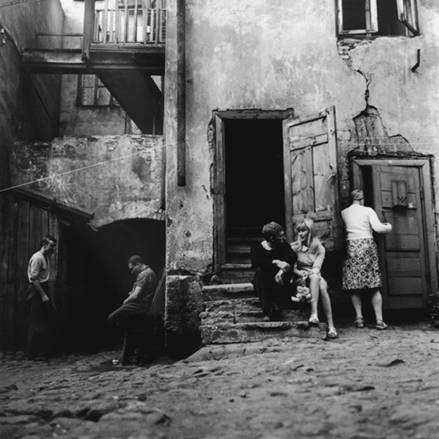
http://www.retronaut.co/2010/05/soviet-lithuania-1960s-1970s/
- Bookmark :
- Digg
- del.icio.us
- Stumbleupon
- Redit it
The Lithuanian Soviet Socialist Republic
- Posted by - (0) Comment
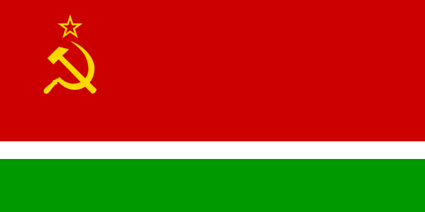
Flag of Lithuanian SSR.
The Lithuanian Soviet Socialist Republic (Lithuanian: Lietuvos Tarybų Socialistinė Respublika; Russian: Литовская Советская Социалистическая Республика, Litovskaya Sovetskaya Sotsialisticheskaya Respublika), also known as the Lithuanian SSR, was one of the republics that made up the former Soviet Union. Established on 21 July 1940 as a puppet state during World War II in the territory of the previously independent Republic of Lithuania after it had been occupied by the Soviet army on 16 June 1940 in conformity with the terms of 23 August 1939 Molotov-Ribbentrop Pact, it existed until 1990.
Video: National anthem of Lithuanian SSR
- Bookmark :
- Digg
- del.icio.us
- Stumbleupon
- Redit it
- Posted by - (0) Comment
How did communism influence Lithuania’s economic development?
A report by: Valdas Samonis
The Institute for New Economic Thinking, USA

Photo: http://www.landesa.org/where-we-work/more/lithuania/
In 1940, independent Lithuania produced per capita 1.9 times more meat, 2.8 times more milk, had 1.9 times more cattle and 2.7 times more pigs than Soviet Union. After 50 years of allegedly astounding economic progress, Soviet Lithuania had become dependent on subsidies from Moscow. To the extent that this assertion is true, how is this possible if not for the inefficiencies caused by the forcefully imposed system of central planning with its associated distortions?
- Bookmark :
- Digg
- del.icio.us
- Stumbleupon
- Redit it
VilNews e-magazine is published in Vilnius, Lithuania. Editor-in-Chief: Mr. Aage Myhre. Inquires to the editors: editor@VilNews.com.
Code of Ethics: See Section 2 – about VilNews. VilNews is not responsible for content on external links/web pages.
HOW TO ADVERTISE IN VILNEWS.
All content is copyrighted © 2011. UAB ‘VilNews’.

 Click on the buttons to open and read each of VilNews' 18 sub-sections
Click on the buttons to open and read each of VilNews' 18 sub-sections 


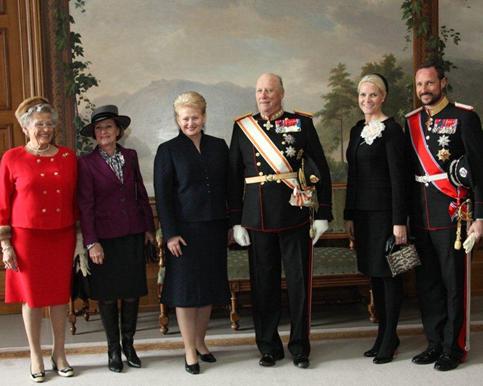

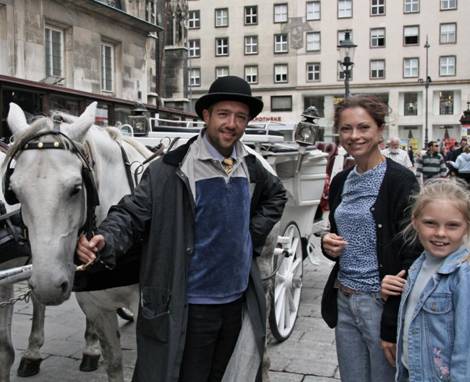

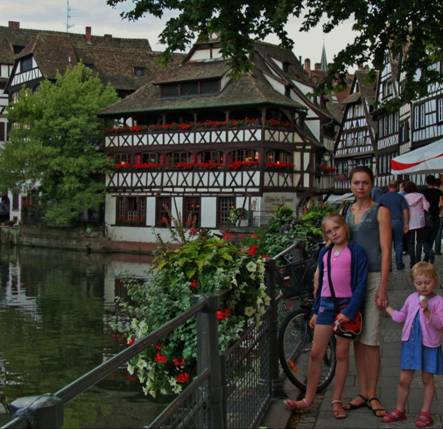













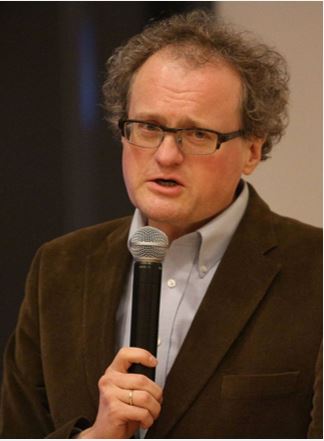

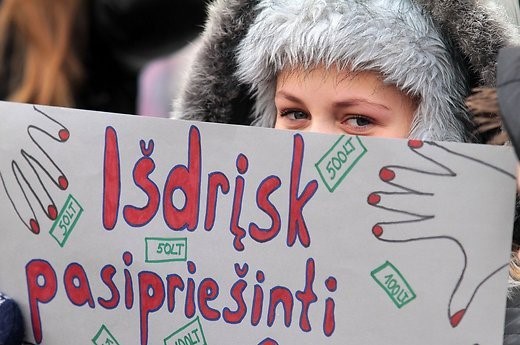


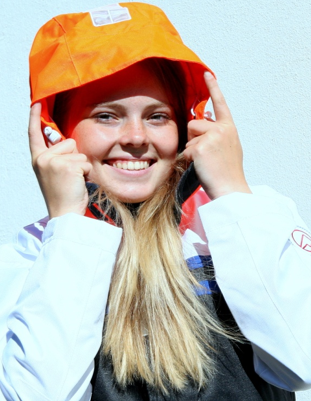
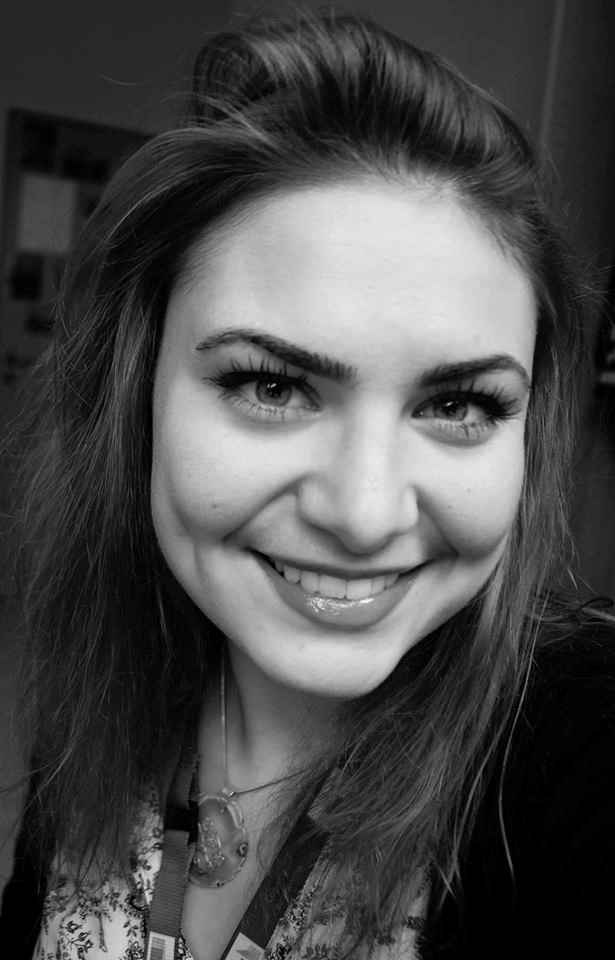

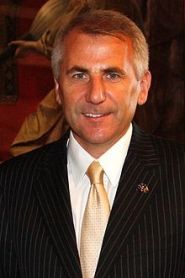
.jpg)
